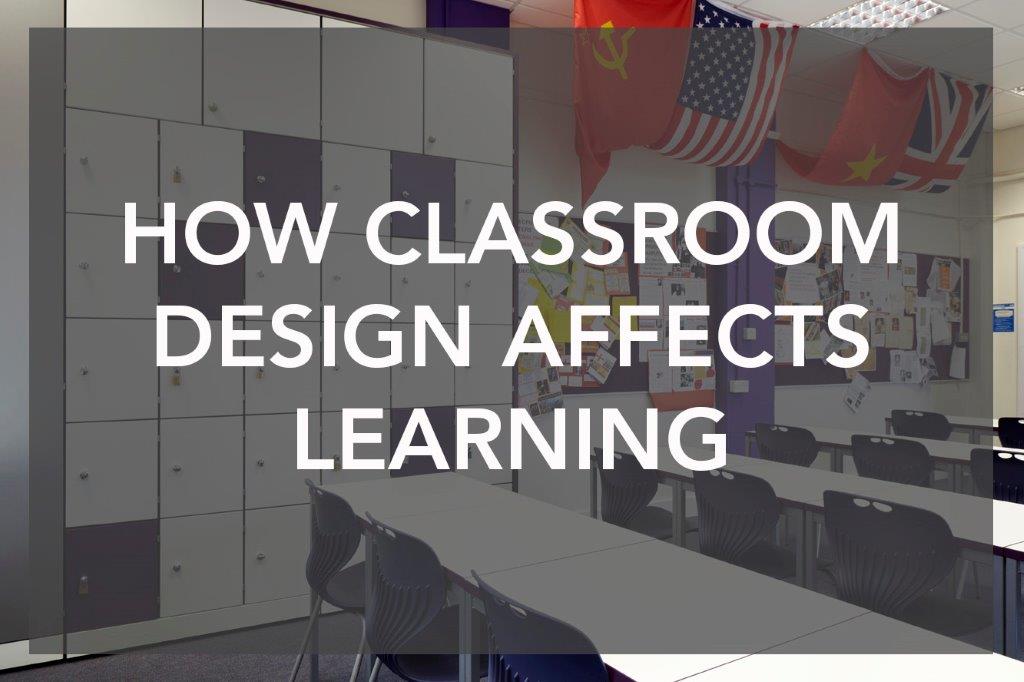In 2012, the University of Salford published a report that outlined the link between school environment and learning.
It demonstrated that classroom design can affect student learning by up to 25% both negatively and positively.
It took the following 6 factors into account when conducting the study:
Temperature
Air QualityLighting
Flexibility
Individuality –which consisted of Colour and Complexity
Ownership To ensure that you are optimising your school environment and learning, you will need to look at all of these individual aspects. We’ve listed a few yardsticks below. Use this list as a handy place to start when analysing your learning spaces.
Temperature
Do students or teachers complain of being too cold or hot?
Have you got control over the temperature?
Do you have control over shading against bright sunlight –to reduce temperatures in the classroom?
Does it get stuffy in the classrooms, leading to drowsy students?
Is it too cold or draughty in some classrooms?
Do the window frames rattle in the wind, or let in a draft?
Do you have window walling –if so, how does this control the heat?
Air Quality
Do students or teachers suffer from drowsiness?
If you have air conditioning, is it up to date?
Is there sufficient ventilation to allow for circulation of air?
Have you considered what sort of impact an upgraded air-conditioning system could have on the quality on the learning environment?
Lighting“Good natural light helps to create a sense of physical and mental comfort, and its benefits seem to be more far-reaching than merely being an aid to sight.
This owns in part to the soft and diffused quality of natural light, its subtle changing value and colour, which electric lighting does not have. ” states the report.Does each classroom have high levels of natural light?Is your artificial lighting sufficient –both of good quality and quantity?Do you have sufficient glare control?
External shading to sunlit windows can also provide protection.
Flexibility
Is your furniture easily moved or reconfigured?
Can group and individual working both be accommodated within the classroom space?
Is the space suitable for a number of different activities?
Individuality
Do the teachers and students both impact the design or layout of the classroom?Does the furniture suit the users of the room –ie. are the chairs and desks the right height?Is there a good use of colour to stimulate interest?Does the use of colour promote good behaviour, creativity, concentration or interaction (or all of the above)?Does the classroom layout make it easy to move around and find resources?Does the teacher have all the resources he or she needs on hand?OwnershipCan the users of the classroom make the space individual to themselves?Are they freely allowed to adjust furniture and make changes? Is there student’s work on the walls?Are the posters or displays on the walls relevant to the users of the classroom?
Do they take responsibility for keeping it tidy ?
There are so many aspects to classroom design, and the sum of the parts is greater than the end result. Getting classroom design right is crucial to the development of your pupils. We know that school environment and learning are inherently linked. This checklist is only a starting point. Make sure that your learning establishment is allowing you and your pupils to get more from each day!



